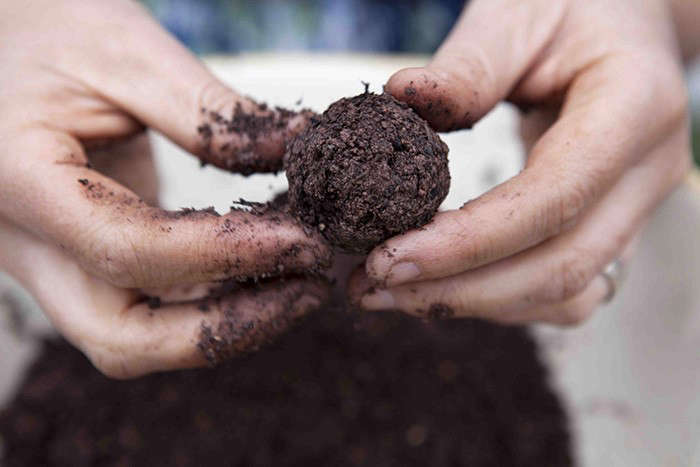When I first heard of Villa Lena in Tuscany, I was struck by its motto: “a new way of living.” I was intrigued by the idea of living communally, on a fifteen hundred acre farm amid olive groves, vineyards, and rolling hills, while using flowers as a way to experience life with other artists. The foundation’s ideals felt close to mine. I applied on a whim, thinking that a floral designer would not likely be picked for an artist residency.
Villa Lena is a hotel, restaurant, and art foundation, hosting residencies for multi-disciplinary artists from April through November. A 63-kilometer drive from Florence’s airport, Villa Lena offers workshops, yoga retreats, music festivals, film screenings, and artist talks. It produces its own organic olive oil and wine, and has a beautiful garden to grow vegetables and fruits for the restaurant.
I stayed at Villa Lena for two months. I experienced a slower pace of life than I am accustomed to, collaborating on flower and photography projects with other artists, eating with them each night, cooking, and creating arrangements for the hotel and villa. One of my favorite aspects of living there was the sense of community, and the amazing people I met—artists in residence, staff members, volunteers, yoga teachers, hotel guests, and Villa Lena founders. I loved sharing space and time with these people, and experimenting within this unique setting.
Photography by Sophia Moreno-Bunge, except where noted.
Above: I made arrangements for a music festival that Villa Lena hosted during my residency. Photograph courtesy of Villa Lena Art Foundation.
While living at the Villa, I thought a lot about the value of labor; as all the materials I worked with had to be foraged, I could only carry as much as my arms would allow (though I did have a car sometimes!). This also made me very conscious of the quantity of material I foraged, and how I used it. Working as a florist can be a very strenuous job—early mornings, long hours, and immense physical exertion while carrying heavy buckets of water and building large installations. Putting on a big event requires a lot of bodies and a lot of work; the reality of the job is often obscured by the idyllic results. Being at the Villa gave me time and space to re-evaluate how I want to work as a florist and artist.
Above: Wisteria from an abandoned house near the villa, and dead winter fern. I have a lush but minimalist approach to flowers; with shape, contrast, and movement, a little can go a long way. (Vase by Natalie Weinberger.)

Above: A giant salsify! Making work during the residency felt like going back to basics: creating arrangements out of beautiful, wild, and seasonal materials and teaching floral workshops to artists and hotel guests, kids, and adults. Seeing them so moved by the materials was inspiring. Even a few stems had a positive effect on people.
Above: A dried arrangement of different grasses and salsify, which I obsessively glued, so that the achenes would not fall off the stem, as they normally do. These beautiful vases were made by Natalie Weinberger.

Above: foraging for poppies on a rainy day.
Above: A foraged arrangement.

Above: Nettle tree, campanula rapunculus, and allium. (Vase by Natalie Weinberger.)
Above: One of the many shell fossils we found. This land was once underwater (a long, long time ago), and there are incredible shell fossils all over.
Above: Nigella and campanula rapunculus and vibrant villa colors.
For more of Sophia’s floral arrangements, see DIY: Smoke Bush and Queen Anne’s Lace and Bouquet of the Week: Celebrating Decay.
For more on Villa Lena see Villa Lena: A New Creative Hub (and Hotel) in Tuscany & Steal This Look: A Humble Tuscan Kitchen, French Edition both on Remodelista.


















Have a Question or Comment About This Post?
Join the conversation (3)